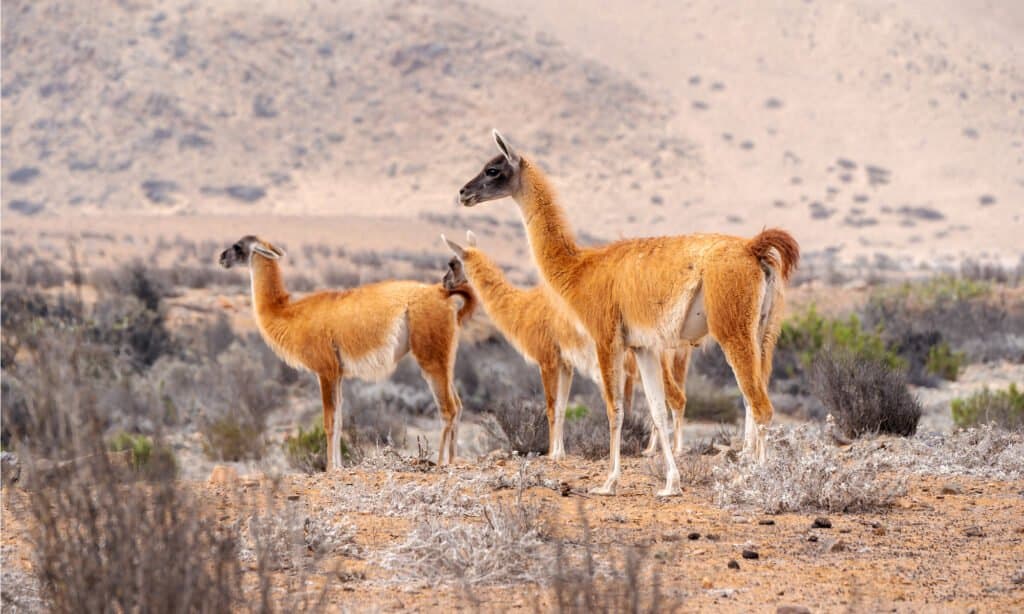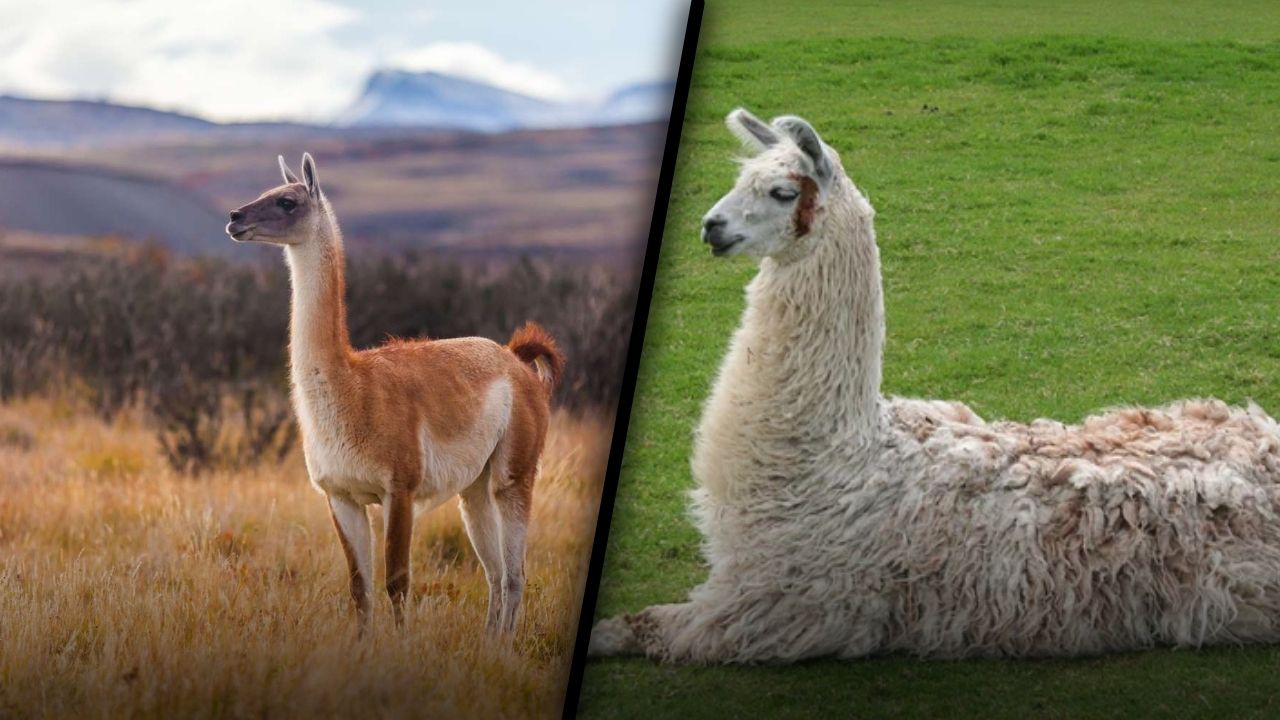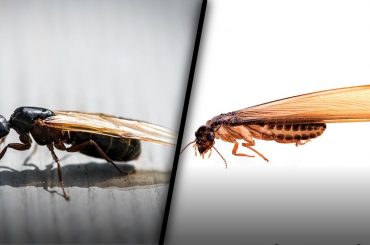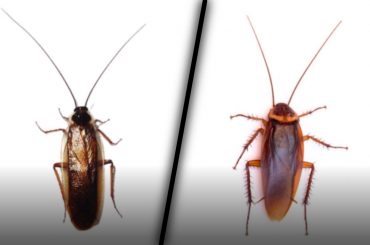Camelidae animals such as llamas and guanacos live in high elevations in South America. There is a great deal of similarity between them. Considering llamas are direct descendants of guanacos, there may not have been any differences between these animals a few thousand years ago. What’s the difference between a guanaco and a llama?
The 6 Key Differences Between Guanacos vs Llamas
There are three main differences between guanacos and llamas: their size, coloration, and domestication. South America’s guanacos are among the largest wild animals. A llama is primarily used as a pack animal and has been domesticated. This results in larger llamas due to their selection for size. There are also a variety of colors and variations of llamas that aren’t available with guanacos.
In conclusion, domestication and its effects are what distinguish the two. A guanaco’s behavior and adaption are a reflection of the wild nature of the animal. The domestication of llamas results in marked physical and behavioral changes, due to their dependence on humans.
Read More Llama vs Camel
Listed below are a few differences, along with others.

Guanaco Vs Llama: Size
Compared to llamas, guanacos are much smaller. The average weight of a guanaco is 200 to 310 pounds, and its shoulder height is less than 4 feet. Their legs are long and their necks are long, making them slender animals. Moreover, the males are slightly bigger than the females, as they are sexually dimorphic. In South America, guanacos are among the largest wild animals. Tapirs are only larger than guanacos in certain species.
Because of unlimited food resources and selective breeding, llamas are often bigger than guanacos. A llama weighs anywhere from 280 to 450 pounds, with some growing even larger. There are few animals in South America that are as large as llamas and guanacos.
Read More Sawfish vs Sawshark
Guanaco Vs Llama: Color variations
Brown fur and white underbellies distinguish Guanacos from other species. Guanacos need a slightly darker shade of cinnamon brown or a slightly lighter shade of cinnamon brown to survive. It is necessary for them to blend into the surroundings since they are wild animals.
There are many different colors of coats on llamas. Due to domestication, llamas no longer require special coats to blend in, which reduced selection pressure. Also, different colors of llamas are more common and valuable due to selective breeding. There are a wide range of colors available for llamas, including black, white, brown, grey, spotted, speckled, piebald, and more. Through genetic selection, farmers have been able to select colors for future herds in some places through selective breeding.
Guanaco Vs Llama: Ears
The ears of a guanaco make it easy to distinguish it from a llama, except for color. Llamas have thick, long ears, while guanacos have short, thin ears. There is a noticeable difference between llama ears and human ears. Children’s games and cultures even use llama ears.
Read More Water Dogs VS Axolotls VS Water Puppies
Guanaco Vs Llama: Domestication
Both species of Camelid are domesticated, which is their major difference. Throughout South America, guanacos roam wild in herds and are not domesticated. Native Americans captured and farmed these animals more than 6,000 years ago. Around 5,000 years ago, the modern llama appeared on the scene after thousands of years of evolution. In spite of their close relationship, domestication has caused some differences between them.
An animal’s physical features are not the only thing that changes when it is domesticated. It is well adapted for llamas to live near humans based on their behavioral characteristics. The fact that therapy llamas exist explains their use in many hospitals since they are capable of detecting emotional pain and even comforting people. Also, well-socialized individuals tend to be less aggressive.
A domesticated llama’s physical attributes include growing larger and having different colorations as a result of domestication. Having more and greater varieties of fur, meat, milk, and hides was critical for llamas, as they were (and are) bred for these resources. In addition, llamas were bred to be larger and more robust since they were used extensively as pack animals.
Read More Rats vs Mice
Guanaco Vs Llama: Fur quality
It is important to note that there are some differences between the fibers of the two animals, even though quality is rather subjective. Guanacos are wild animals, so getting them can be difficult. They also have finer, softer wool, particularly on their undercoats. Compared to other types of hair, llama hair has a softer texture, but its colors tend to be more natural. Although neither animal has a valuable wool, the fibers from both are valuable. Among all the South American camelids, the vicua is regarded as the finest.
Guanaco Vs Llama: Evolutionary history
A close evolutionary connection exists between guanacos and llamas. Camelids, along with five other animals, including camels, make up the family Camelidae. A tens of thousands of year ago, their ancient ancestors reached South America from North America. South American groups survived only because the northern groups perished during the last ice age.
One of the earliest domesticated animals, especially in the New World, the guanaco was captured and used by humans as long as 7,000 years ago. A llama, which is now commonly known as a llama, originated when a guanaco was domesticated to be used for meat, fur, milk, and more. 5,000 years of intentional selection have resulted in llamas becoming domesticated forms of guanacos.
Read More Millipede vs Centipede





